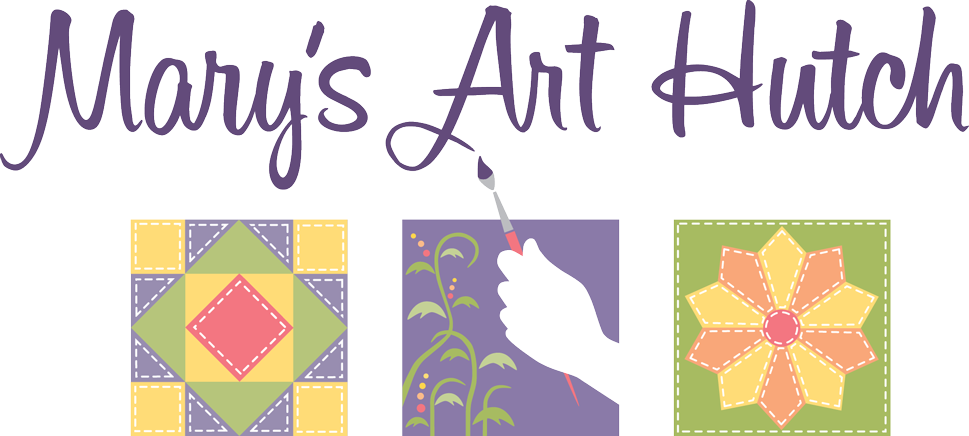Scant ¼" or Standard ¼" - Why does it matter?
Whenever I gave my dad a measurement for a woodworking project, he always asked, 'is that with the kerf or without the kerf?'. The “kerf” is the amount of wood cut away by the blade of the saw used. Additionally, the width of the blade, the angle of the blade and wobble of the blade matter, too. All can impact the size of the kerf. In precision work, this small difference can significantly impact the final product.
The same is true in quilting. It is common to think that only the size of the seam is what causes the difference in quilting results. There are other factors to consider. The width of the thread used, the pressing method, and the straightness or “wobble” of your stitching. Oh, and let’s not forget the weight of the thread used and the thickness of the fabric. It’s a lot to consider, and any one or combination of these factors can affect the result.
Measurements count
Think about what happens when you measure a square, say 3", and you sew two 3" squares together. What happens to the width of the thread? How about the fold of the fabric when pressed to one side or press open? Do you have that little wobble in your stitching line? Did I see your light-bulb light up? Good! No? That’s ok; I’ll keep going.

The Standard 1/4"
I know the width of the thread may seem insignificant in a seam, but when a block has multiple seams, this tiny difference can grow from a 1/8" to as much as 1" or more across the block. Every seam sewn increases the impact of this difference. Consider the block at the right. The block should measure 9 1/2" but it measures 9 1/8".

When we look at the seams, we see that she used a standard 1/4" seam. The seam is basically right at the 1/4" mark. This quilter likely used the standard 1/4" foot that came with her sewing machine. And who could blame her. It IS a 1/4" foot, right?
Other factors
Pressing also makes a difference. Why? Well, it creates a fold in the fabric. The fabric must lay over the thread and the seam, either to one side or both sides when pressed open. A slight wobble in the seam changes how crisp the fold is and impacts the result.
Because all these factors differ among quilters, it is impossible to write instructions to accommodate everyone. Instructions would need to specify sixteenths, thirty-seconds and other odd measurements further increasing the number of differences from one quilter to another. I mean seriously, have you tried to measure 3/32"? Because my rulers aren’t marked with that number. Yikes! Pattern designers have no idea which of these factors are the ones that will specifically impact you. Is this starting to make more sense? I hope so.
The Scant 1/4" seam

When a scant ¼" is specified in patterns it is an attempt to account for the thread, pressing technique and stitching accuracy for all different quilting skill levels. The scant 1/4" is not there to annoy you. It is there to help you achieve a successful result using the pattern. The scant ¼" notation eliminates the need to add adjustments because of the thread, fold and wobble (and fabric weight, and thread weight, etc.). The scant ¼" simplifies the instructions, allows for standard measurements, and, hopefully, clearer explanations.

The sample at the right shows a block correctly measuring 9 1/2". At the left you can see the seam is basically the width of the thread smaller than 1/4". This is a scant 1/4" seam. Many sewing machines either come with or have available a “quilters” 1/4" foot. It makes sewing with a scant 1/4" seam easier.
In Review
If you look back to the first sample, the seam was right at the 1/4" mark and the block was a bit too small. In the second example the seam was the width of the thread smaller and the block was the right size. This is how the thread width impacts the finished block size.
Designers write their patterns for quilters of many skill levels. They include the scant ¼" seam notation to assist you in achieving success and reaching the result you were hoping for when you purchased the pattern.
Do you use a scant 1/4"? Or do you use a standard 1/4"?


